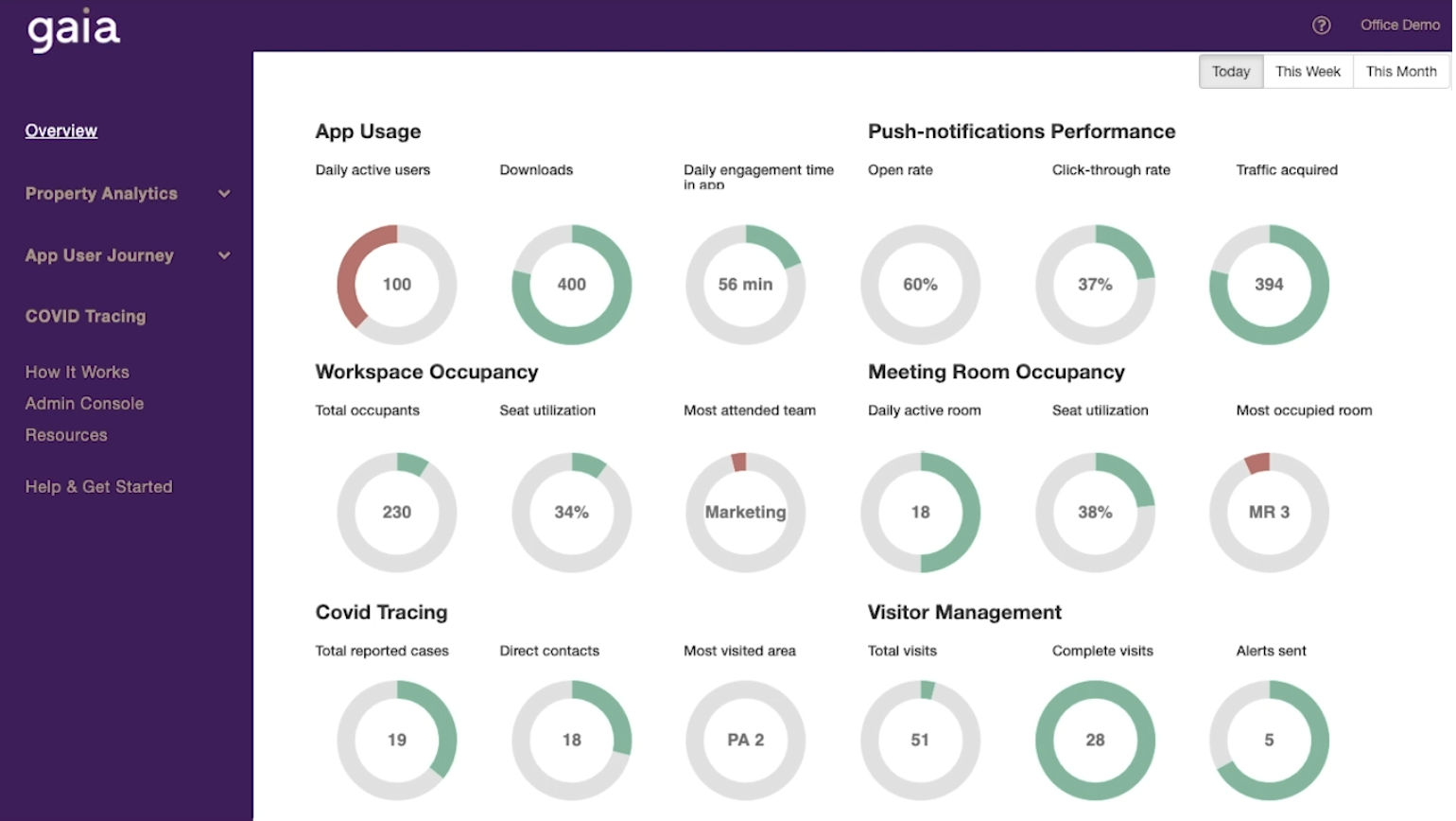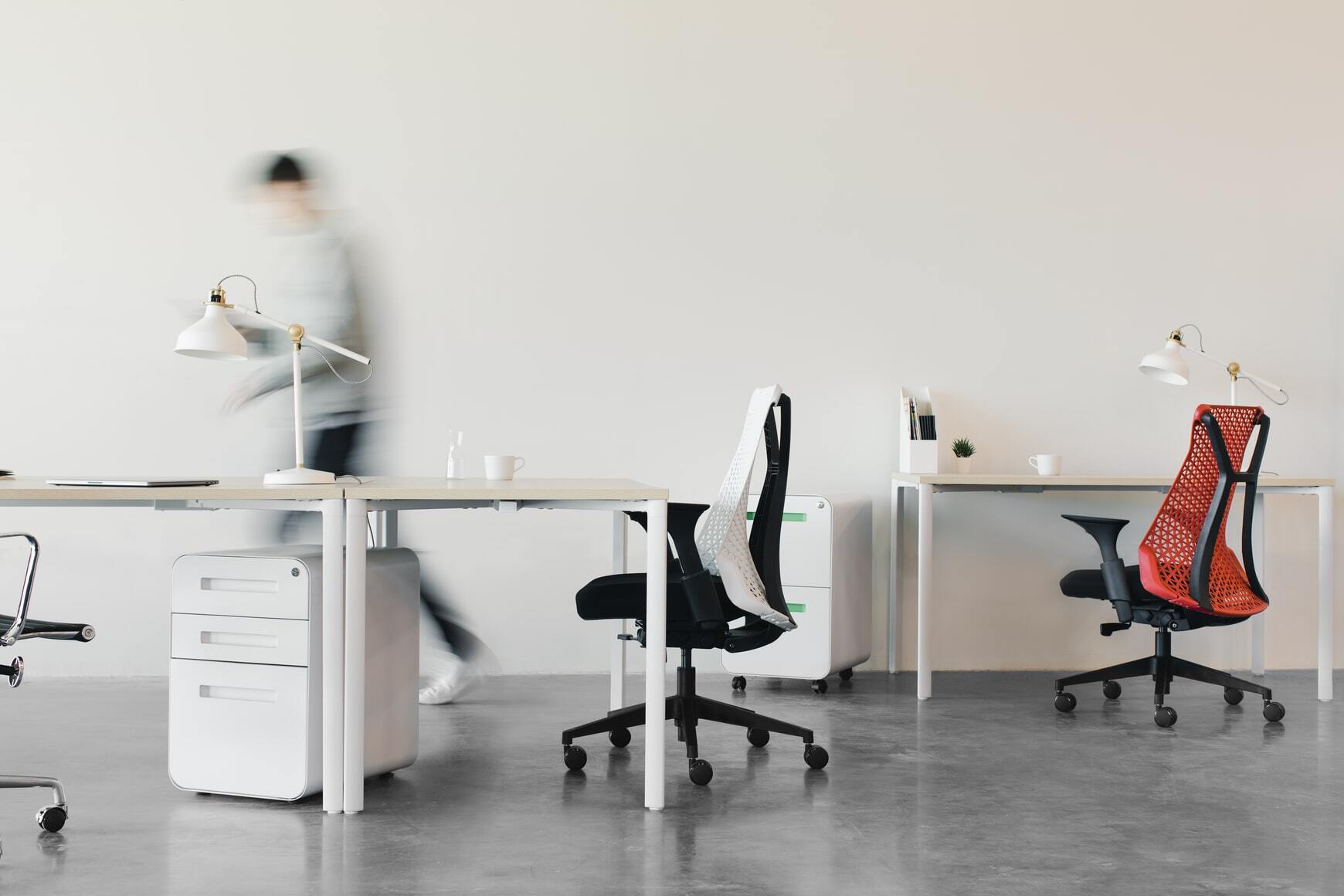How Workplace Optimisation Can Help Businesses Save Costs and Elevate Employee Experiences
July 15, 2020
July 15, 2020
With hybrid work booming, offices that optimise their space usage could save as much as U$1 million in annual operating expenses in a three-million-square foot portfolio
As more employees return to workplaces across Singapore and Hong Kong, companies and staff making the transition back to the office grapple with a shared set of challenges. How do we bring people back to the office safely? How can we optimise spaces to improve collaboration and productivity? What percentage of all desks, conference rooms, and meeting areas are being utilised? Where is there room for improvement and cost savings?
Workplaces face an unusual dilemma — after over two years of remote work, employee preferences have evolved. In APAC, a staggering 82% of employees want flexibility in location and timings, where and when it is feasible for their roles.
Changing employee behaviours have an immediate impact on workplace and office usage. We cannot take existing office space management processes and apply them to hybrid and expect them to work. It might be time to radically rethink on-site space usage.
Asia Pacific Employers are Readying Workspaces of the Future
— 82% of employees want flexibility where and when it is feasible for their roles.
— 84% of companies in the region intend to make moderate to extensive hybrid work changes and agree that they are actively promoting hybrid work to attract and retain talent.
— Nearly 72% of employers have implemented or plan to introduce condensed work week options.
— Employers are enhancing technology (76%), implementing changes to work schedules (61%), and using analytics to measure remote productivity (52%).
— Employers are planning investments in tools and technology to transition to new ways of working both in-office and in virtual environments. 75% plan to invest in better in-office technology.

Hybrid Workplaces: What Employees Want Companies to Spend On
What does Hybrid Work Look Like in Asia Pacific?
Unlike other regions, where flexible work has made inroads, navigating hybrid work in Asian markets comes with its own nuanced set of challenges. Working from home can be distracting when employees have to share a small space with family members (as in Hong Kong or Singapore), or cope with inadequate technology or infrastructure set-ups as in some parts of South East Asia.
When it comes to workplace design, companies in Asia Pacific cannot mimic their counterparts in the US or Europe. We need to design workplaces that respond to the unique challenges of employees in Asia Pacific and to do this successfully, we need data on office space usage, not gut feeling or anecdotal information.
This visual from a Gaia Office dashboard in Hong Kong shows which spaces were most used on a specific day — spanning visitors and employees across office spaces, desks and meeting rooms. But these metrics are a first step, as with any space optimisation exercise, employee feedback and qualitative inputs are integral. By studying utilisation data to first identify which spaces are used, and pairing this with on-the-ground user feedback creates both context and evidence to measure and improve workspace performance on an ongoing basis — to meet business and cost objectives.

Gaia Office: Pairing data with user feedback creates context and evidence to improve workspace performance
Data Can Give Truth to Employee Feedback and Reveal What Kind of Spaces Employees Actually Need
From space optimisation, COVID tracing to streamlining real estate costs, workspace technology can help us make smarter decisions that benefit companies and employees. Technology also has answers to the most common questions that workplace experience managers, real estate managers and facility managers face.
— Designing workplaces for safety and wellbeing: How do we bring people back to the office safely? How do we ensure the building doesn’t exceed the new maximum capacity? What percentage of allocated working areas (desks, conference rooms, meeting areas) are being utilised? What should the cleaning schedule look like based on office usage?
— Designing workplaces for collaboration and productivity: How do we rearrange the space to encourage collaboration? Which teams need to be seated adjacent to each other? How do we minimise distraction for focused work?
— Designing workplaces to optimise costs and energy: Are people using office space as anticipated? What is the average occupancy rate now that offices are re-opened? How much space is unused or vacant? How can we minimise energy usage? Where can we streamline costs?
What About Employee and Guest Privacy?
It’s possible to achieve workspace optimisation goals deploying technology that’s designed with anonymity in mind. For instance, Gaia Office uses long-range cards and gateways that support guest, staff and visitor privacy. To generate insights, we have the option to tag cards by department — and this anonymised data can help inform seating and layout decisions based on actual occupant activity and needs, without compromising personal privacy.
Once installed, gateways at entrances, exits and key traffic points keep a count of employees and guests. Gaia badges and lanyards record the time employees enter an area, dwell time, and interactions with other departments. Gaia seat sensors note hours of usage anonymously. In keeping with GDPR-norms, it’s possible to receive workplace insights without collecting any personally identifiable information (PII). This gives businesses and employee experience managers the benefit of highly accurate analytics and applications, while safeguarding employee privacy.
Using Data — Not Guesswork — To Optimise Spaces and Costs
We spend almost a third of our lives in the office, and in order to hire and hold on to top talent, it’s essential for offices to create an environment that empowers people with balanced spaces that allow them to work, think and collaborate effortlessly.
Experts recommend that portfolio optimisation be an ongoing process. With Gaia Office, it is possible to make swifter, more confident workplace space usage decisions, to design a real estate portfolio that supports the objectives of the business at the lowest possible cost.
Measuring workplace performance reveals what types of space are needed, and the way those spaces are used. By responding to on-the-ground visitor habits and paying attention to what employees want, managers can create an office experience that makes employees feeling valued, engaged and encourages them to do their best work — within the walls of the office and outside it.

GDPR: It’s possible to generate workplace insights without collecting any personally identifiable information
While #hybridwork and space optimisation create exciting opportunities and cost benefits, it can also feel challenging to execute. Would you like to explore a workplace optimisation technology for your organisation? Reach out to our team to get started